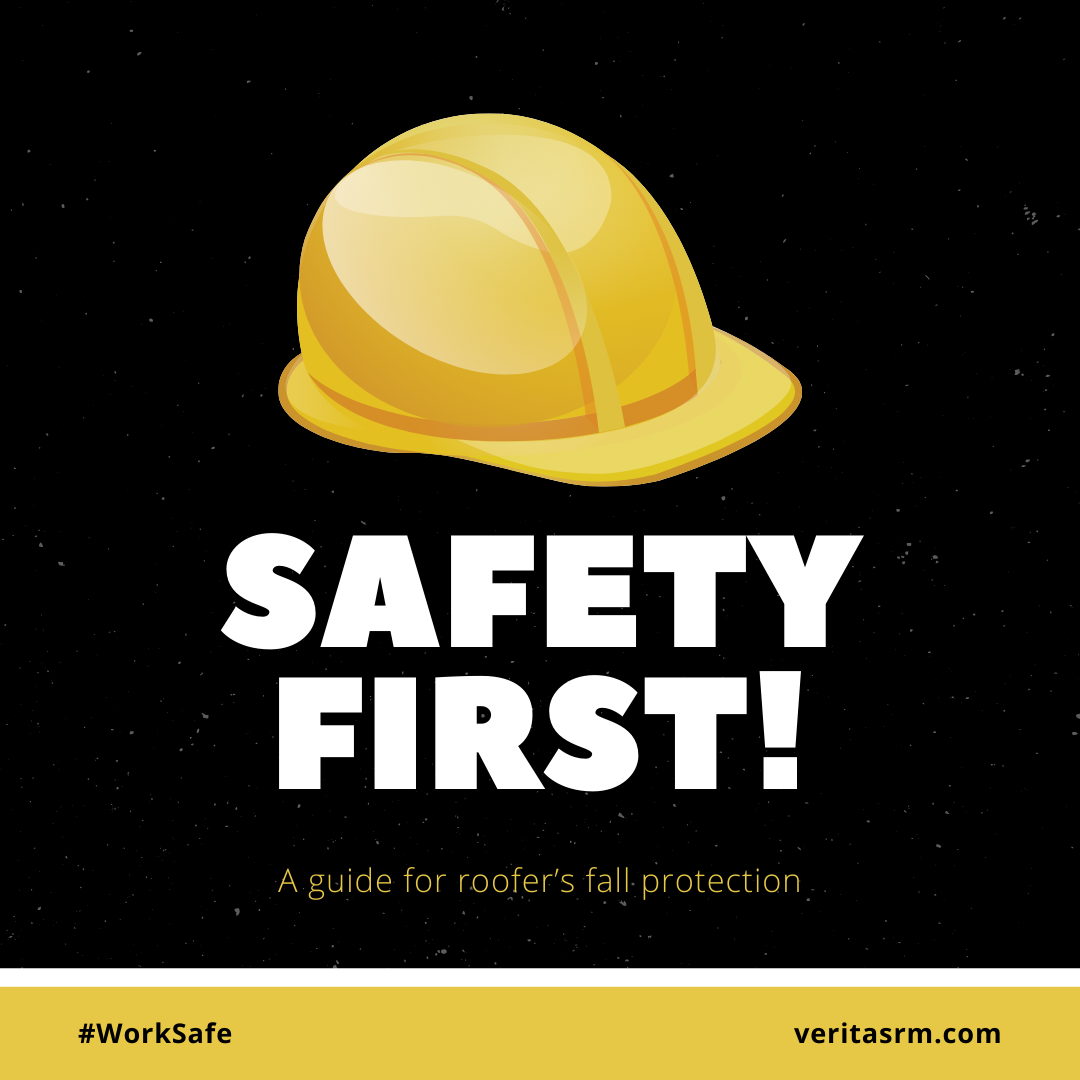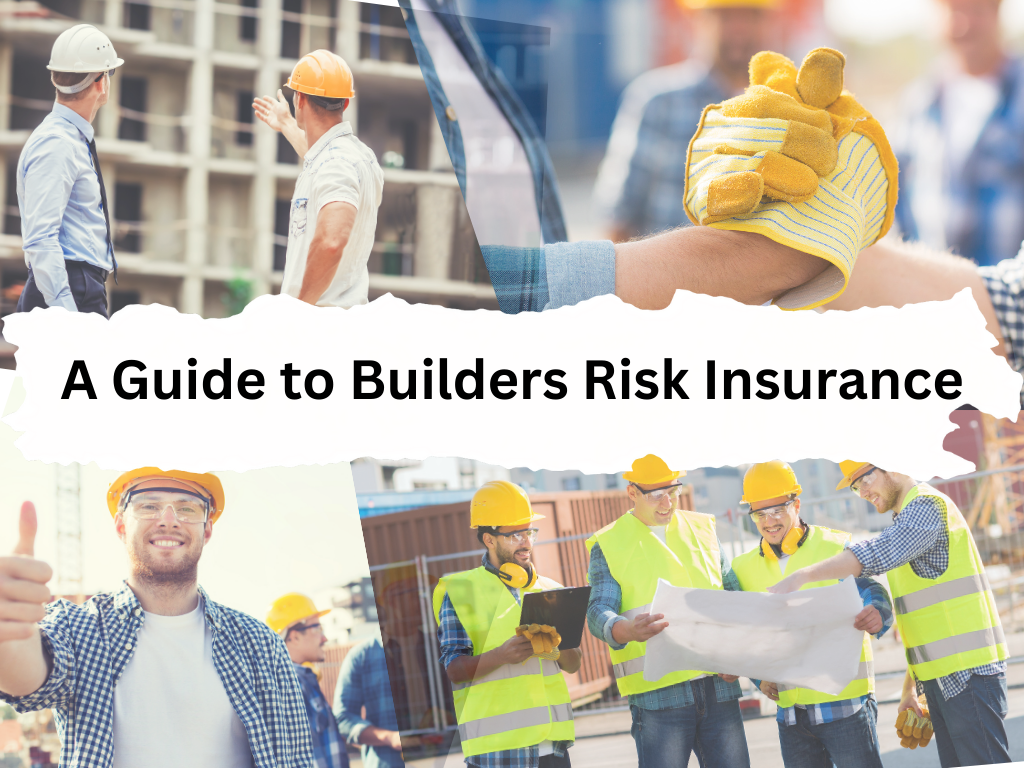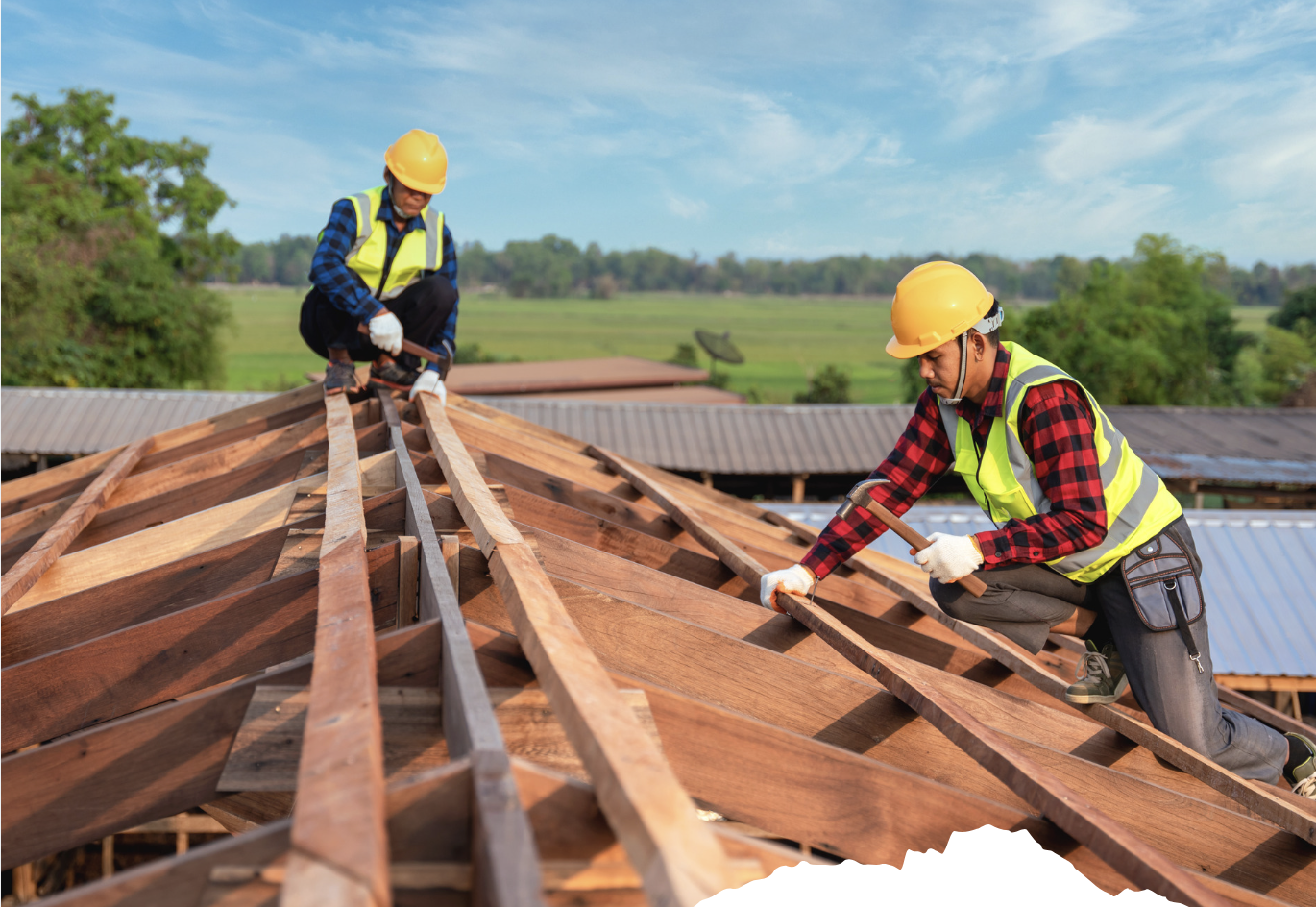A Guide to Builders Risk Insurance
Safeguarding Your Construction Endeavors Embarking on a construction project, whether residential or commercial, involves numerous risks. Builders...
3 min read
 Andrew Darlington
:
June 14, 2024 at 9:57 AM
Andrew Darlington
:
June 14, 2024 at 9:57 AM

A roofer in Hixon was working on a home without using any fall protection. While moving a heavy bundle of shingles, he lost his balance and fell off the roof. He suffered severe injuries, and the falling shingles damaged the homeowner's car parked below. If he had been using a harness and other fall protection, the accident and property damage could have been avoided.
Fall protection is rarely used when working on residential roofs. Your team members should always use appropriate fall protection systems like harnesses, guardrails, or safety nets. Before starting work, assess the roof to identify potential fall hazards and plan the fall protection strategy accordingly. Understand and follow legal requirements for fall protection, which include specific measures for different types of roofing work. You need to confirm that all workers are properly trained on how to use these systems, including how to correctly wear and adjust harnesses, set up guardrails, and use safety nets (good luck with nets on residential jobs). Regularly inspect fall protection equipment for any signs of wear or damage and replace them as necessary. Encourage a culture of safety where workers feel empowered to report any safety concerns immediately, and where there is a continuous focus on safety through regular training and updates.
In my 27 years of working with Roofing Contractors, I can assure you that fall protection is crucial when working on residential roofs to prevent accidents and injuries. Using appropriate fall protection systems like harnesses, guardrails, and safety nets can significantly reduce the risk of falls. By implementing these safety measures, workers can avoid severe injuries and property damage.
It is essential to prioritize fall protection and understand its importance in creating a safe working environment. Falls from heights can result in life-altering injuries and even fatalities. Taking the necessary precautions can prevent such accidents and ensure the well-being of workers and anyone in the vicinity of the work area.
Complying with legal requirements for fall protection is essential for both the safety of workers and the avoidance of legal penalties. The specific legal requirements may vary depending on the jurisdiction and the type of roofing work being performed. It is crucial to familiarize yourself with the applicable regulations and ensure compliance.
Some common legal requirements for fall protection include the use of appropriate fall protection systems, conducting a thorough assessment of the roof for potential fall hazards before starting work, and creating a fall protection strategy based on the identified hazards. It is also important to provide proper training to workers on the use of fall protection systems and ensure regular inspection of fall protection equipment for any signs of wear or damage.
By understanding and following the legal requirements for fall protection, employers and workers can create a safer working environment and prevent accidents and injuries.
Various types of fall protection systems can be used when working on residential roofs. These include harnesses, guardrails, and safety nets.
Harnesses: A harness is personal protective equipment worn by workers to prevent falls from heights. It consists of straps that secure the worker to an anchor point. Proper training on wearing and adjusting harnesses is crucial to ensure their effectiveness.
Guardrails: Guardrails provide a physical barrier along the edges of the roof to prevent falls. They should be properly installed and meet specific safety standards. Regular inspection of guardrails is necessary to ensure their stability and effectiveness.
Safety Nets: Safety nets are another form of fall protection system that can be installed below the roof to catch any worker who may fall. They should be properly installed and regularly inspected to ensure their integrity.
Choosing the appropriate fall protection system depends on factors such as the nature of the work, the layout of the roof, and the specific hazards identified during the assessment. It is important to select the most suitable system and ensure its proper use to maximize safety.
Proper training on the use of fall protection systems is crucial to ensure their effectiveness. Workers should be trained on how to correctly wear and adjust harnesses, set up guardrails, and use safety nets. They should also be educated about the potential fall hazards specific to the type of roofing work they are involved in.
Regular inspection of fall protection equipment is necessary to identify any signs of wear or damage that may compromise their effectiveness. Equipment should be inspected before each use and replaced as necessary. This includes inspecting harnesses, guardrails, safety nets, and any other fall protection systems being used.
By providing comprehensive training and conducting regular inspections, employers can ensure that workers are equipped with the knowledge and tools to work safely at heights.
Creating a culture of safety is crucial in preventing accidents and promoting a safe working environment. Employers should encourage workers to report any safety concerns immediately and provide a platform for open communication.
Regular safety training and updates should be conducted to keep workers informed about the latest safety practices and regulations. This ensures that they are equipped with the knowledge and skills to work safely and effectively.
By prioritizing safety and fostering a culture of safety, employers can create an environment where workers feel empowered to take necessary precautions and actively participate in maintaining a safe workplace.

Safeguarding Your Construction Endeavors Embarking on a construction project, whether residential or commercial, involves numerous risks. Builders...
4 min read
What to Expect from Your Roofing Insurance Agent and Agency June 26, 2024 at 10:45 AM Roofing contractors often view their business insurance as a...

Protecting Your Construction Project When embarking on a construction project, whether it's a residential home or a large commercial structure,...